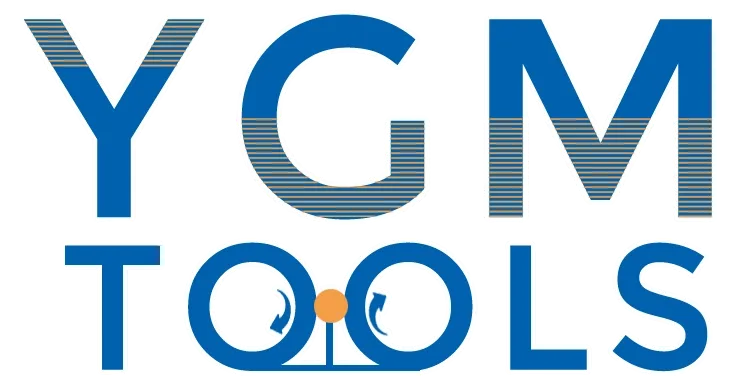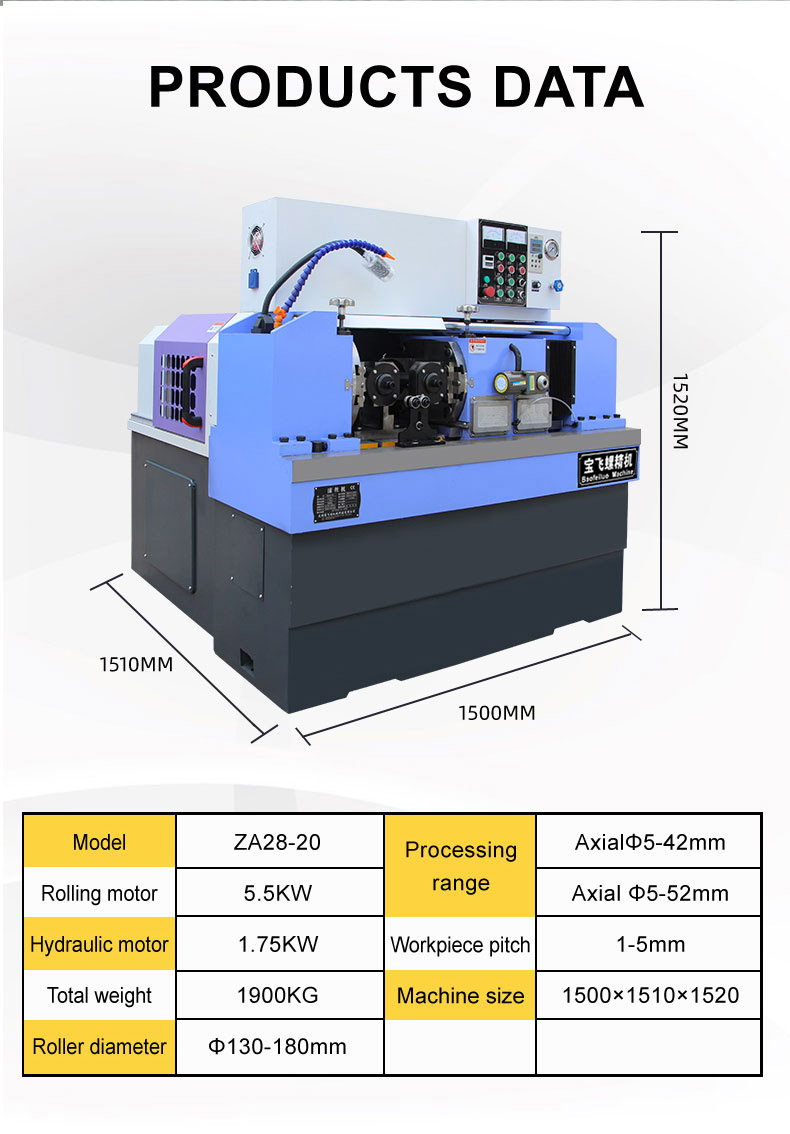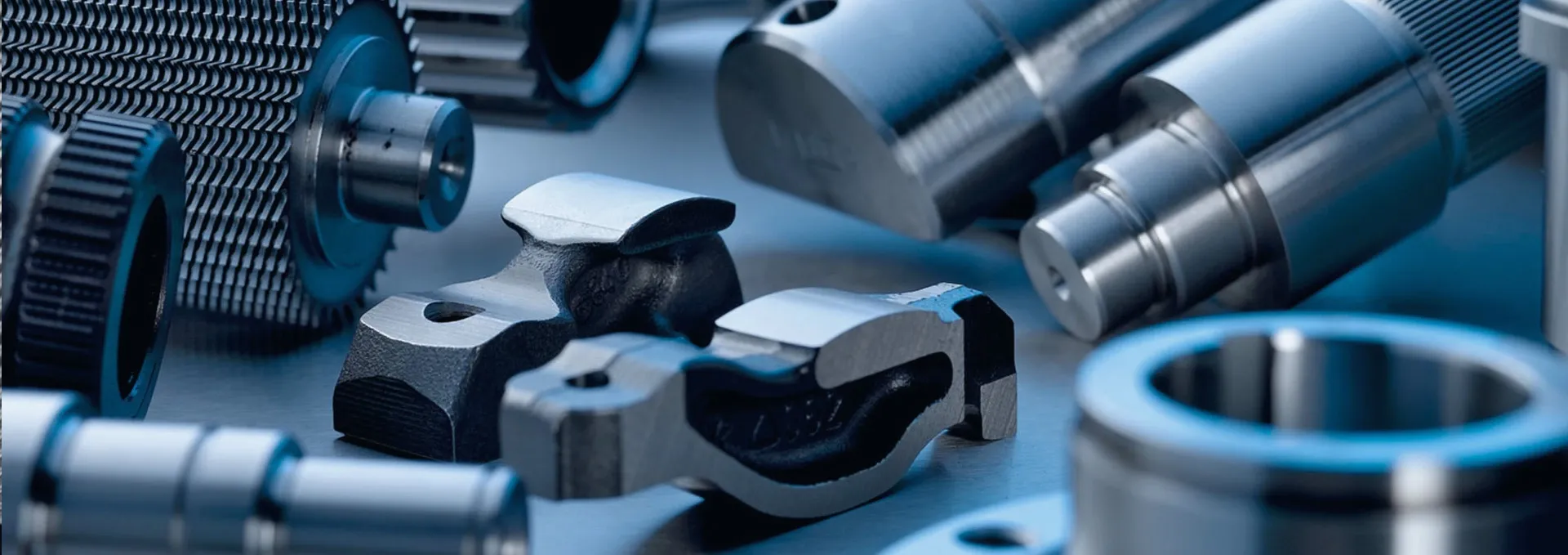
-
 Afrikaans
Afrikaans -
 Albanian
Albanian -
 Amharic
Amharic -
 Arabic
Arabic -
 Armenian
Armenian -
 Azerbaijani
Azerbaijani -
 Basque
Basque -
 Belarusian
Belarusian -
 Bengali
Bengali -
 Bosnian
Bosnian -
 Bulgarian
Bulgarian -
 Catalan
Catalan -
 Cebuano
Cebuano -
 Corsican
Corsican -
 Croatian
Croatian -
 Czech
Czech -
 Danish
Danish -
 Dutch
Dutch -
 English
English -
 Esperanto
Esperanto -
 Estonian
Estonian -
 Finnish
Finnish -
 French
French -
 Frisian
Frisian -
 Galician
Galician -
 Georgian
Georgian -
 German
German -
 Greek
Greek -
 Gujarati
Gujarati -
 Haitian Creole
Haitian Creole -
 hausa
hausa -
 hawaiian
hawaiian -
 Hebrew
Hebrew -
 Hindi
Hindi -
 Miao
Miao -
 Hungarian
Hungarian -
 Icelandic
Icelandic -
 igbo
igbo -
 Indonesian
Indonesian -
 irish
irish -
 Italian
Italian -
 Japanese
Japanese -
 Javanese
Javanese -
 Kannada
Kannada -
 kazakh
kazakh -
 Khmer
Khmer -
 Rwandese
Rwandese -
 Korean
Korean -
 Kurdish
Kurdish -
 Kyrgyz
Kyrgyz -
 Lao
Lao -
 Latin
Latin -
 Latvian
Latvian -
 Lithuanian
Lithuanian -
 Luxembourgish
Luxembourgish -
 Macedonian
Macedonian -
 Malgashi
Malgashi -
 Malay
Malay -
 Malayalam
Malayalam -
 Maltese
Maltese -
 Maori
Maori -
 Marathi
Marathi -
 Mongolian
Mongolian -
 Myanmar
Myanmar -
 Nepali
Nepali -
 Norwegian
Norwegian -
 Norwegian
Norwegian -
 Occitan
Occitan -
 Pashto
Pashto -
 Persian
Persian -
 Polish
Polish -
 Portuguese
Portuguese -
 Punjabi
Punjabi -
 Romanian
Romanian -
 Russian
Russian -
 Samoan
Samoan -
 Scottish Gaelic
Scottish Gaelic -
 Serbian
Serbian -
 Sesotho
Sesotho -
 Shona
Shona -
 Sindhi
Sindhi -
 Sinhala
Sinhala -
 Slovak
Slovak -
 Slovenian
Slovenian -
 Somali
Somali -
 Spanish
Spanish -
 Sundanese
Sundanese -
 Swahili
Swahili -
 Swedish
Swedish -
 Tagalog
Tagalog -
 Tajik
Tajik -
 Tamil
Tamil -
 Tatar
Tatar -
 Telugu
Telugu -
 Thai
Thai -
 Turkish
Turkish -
 Turkmen
Turkmen -
 Ukrainian
Ukrainian -
 Urdu
Urdu -
 Uighur
Uighur -
 Uzbek
Uzbek -
 Vietnamese
Vietnamese -
 Welsh
Welsh -
 Bantu
Bantu -
 Yiddish
Yiddish -
 Yoruba
Yoruba -
 Zulu
Zulu
Exploring the Most Effective Thread Rolling Techniques for Optimal Manufacturing Results and Performance
The Best Types of Thread Rolling A Comprehensive Overview
Thread rolling is a highly efficient method for forming threads on cylindrical parts, and it has become essential in various industries, including automotive, aerospace, and manufacturing. It involves deforming material to create the desired thread form, resulting in stronger and more precise threads than traditional cutting methods. In this article, we will explore the best types of thread rolling processes and their benefits.
Types of Thread Rolling
1. Flat Die Thread Rolling This is one of the most common methods of thread rolling. In this process, the workpiece is placed between two flat dies that have the desired thread profile. As the dies move toward each other, they compress the material, forming threads on the surface. Flat die thread rolling is ideal for producing external threads on long, cylindrical parts. It offers high precision and can roll several threads at once, making it a cost-effective solution for mass production.
2. Circular Die Thread Rolling Circular die rolling involves the use of rotating dies that wrap around the workpiece to form threads. This method is particularly effective for small to medium-sized components and allows for greater flexibility in thread design. The circular motion can reduce the chances of material deformation while increasing the surface finish's quality. It's commonly used in applications where tight tolerances are required.
3. Rotary Thread Rolling This technique combines elements of both flat and circular die methods. The workpiece is rotated while it is moved axially against a roll. This method is excellent for creating rolled threads on parts with a larger diameter and longer length. The rotary method is known for its ability to produce very high-quality threads with great precision while minimizing material waste.
4. Multiple Die Thread Rolling This advanced technique employs multiple die sets working simultaneously to produce threads on several parts at once. This method is particularly advantageous for high-volume production environments where efficiency and speed are critical. Multiple die rolling can significantly reduce cycle times and increase production rates, making it an attractive option for manufacturers aiming to scale up operations.
best types of thread rolling

Benefits of Thread Rolling
Thread rolling offers several advantages over traditional thread cutting methods. One of the primary benefits is its ability to create threads that are stronger due to the material's grain structure remaining intact. Unlike cutting, which can alter the grain flow, rolling preserves it, resulting in improved tensile strength and fatigue resistance.
Additionally, thread rolling is known for its efficiency. The process generates less waste, as it does not remove material but rather deforms it, leading to significant cost savings. Faster production rates mean that manufacturers can produce more components in a shorter period, enhancing their overall productivity.
Moreover, the surface finish of rolled threads is typically superior to that of cut threads. The cold working nature of rolling not only leads to finer surface finishes but also improves wear resistance, which is especially beneficial in applications subjected to high levels of stress and wear.
Conclusion
In summary, thread rolling is a valuable technique for forming high-quality threads in various industrial applications. The choice between different types of thread rolling—such as flat die, circular die, rotary, and multiple die—depends on specific production needs, including part dimensions and required thread characteristics. The benefits of improved strength, reduced waste, and enhanced surface quality make thread rolling an attractive option for manufacturers looking to optimize their production processes. As industries continue to evolve, thread rolling will remain a pivotal method for creating robust and reliable threaded components.
